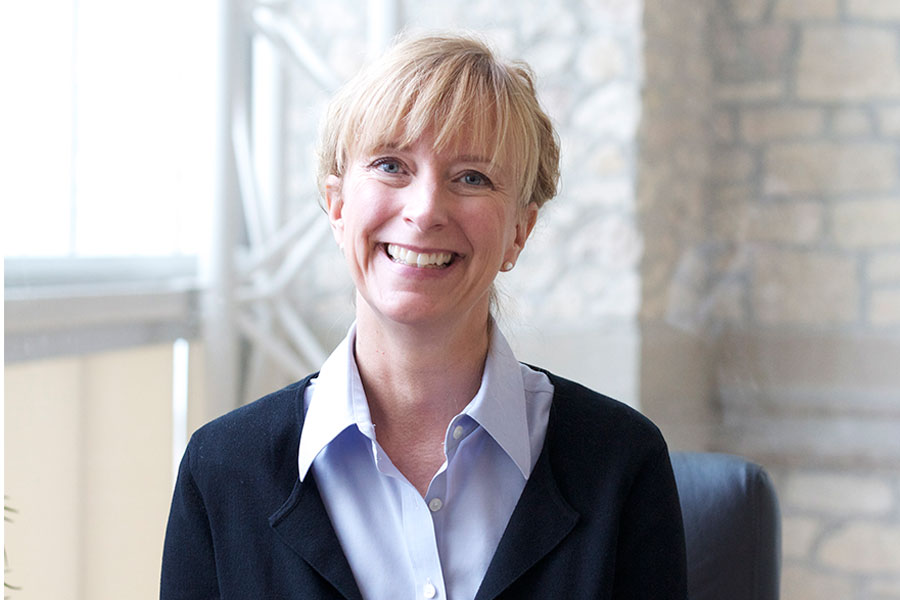
Building better relationships
Data will be the difference in how the university interacts with its prospective students, current students and graduates with the introduction of a new Relationship Management System (RMS).
By Kris FosterWith the phased-in implementation of the RMS—think standard of practice, strategy and technology used to manage constituent interactions and data—how the university communicates with current and future students, alumni and donors will become more effective than ever, said Patti McDougall, vice-provost, teaching and learning.
"This is a tool that opens the possibility for better communication and relationship development through the entire lifecycle, from prospective student to alumni," said McDougall.
Designed specifically for post-secondary institutions, the new system consists of three applications and will be implemented in three stages: recruitment, student retention and success, and a module dedicated to university alumni and donors. Information collected—ranging from general personal and academic information to details about services used, preferences, and how, when and by whom an individual was contacted—will help provide complete individual pictures for front-line staff, McDougall explained, adding that "privacy of information is of utmost importance and there will be many protocols around who has access."
While this sort of information is collected in pockets across campus, the proposed RMS will gather and co-ordinate this information in one centralized system, reducing reliance on duplicate systems across campus that each require significant resources—time and money—to operate.
Additionally, McDougall continued, because of the fragmented nature in how data is currently compiled and stored, data is duplicated, sometimes incorrect or out of date, and not easily accessible to those who require it in a timely manner.
In contrast, RMS will eliminate those issues and create a common practice in the way the university—from small departments to major colleges—collects, stores, shares and uses this valuable relationship-building information.
"Students entering a relationship with a post-secondary education institute have expectations on what we deliver and how we interact with them; that's driven by technology," said McDougall.
RMS, McDougall continued, will allow for "timely, personalized and relevant information that will help us develop relationships. People don't want to come to a place where they are just a number."
McDougall said that because of this detailed information, university employees will be better able to manage the needs of our prospects, students and graduates using well-defined steps and processes with clear communications supporting each step.
"From a student perspective, we will offer seamless interactions no matter where they are and how we met them," she said. "We will be able to put specific information into the system and that will be available to our staff to help build relationships."
Input from front-line staff will be as important as the system itself, McDougall continued, and training to use the system will determine the project's success. "If we don't have staff who are comfortable with the system, we won't reach the goals of the project," she said.
The first phase of the system implementation, focused on recruitment, will begin this spring with a price tag of $1.1 million. The application covering alumni, donors and friends of the university, will be the second phase and will proceed—pending board approval—in late-2017, with the final module, on student success and retention, slated for early 2018. The expected cost for the entire system is $3.6 million.
McDougall said this is a campus-wide project involving more than 100 people from colleges, schools and admin units serving on an advisory committee. The cost, both in terms of money and time, she continued, will be well worth it.
"Universities have been slow to adapt processes and communication practices to meet the changing expectations of potential students," she said. "Post-secondary education is competitive and institutions that can deliver timely, personalized and relevant information have the opportunity to differentiate themselves from their competition by fostering deeper and more mutually beneficial relationships."

